Houston Artists at the Museum of Fine Arts, Houston - the 1930s
A Centennial Celebration
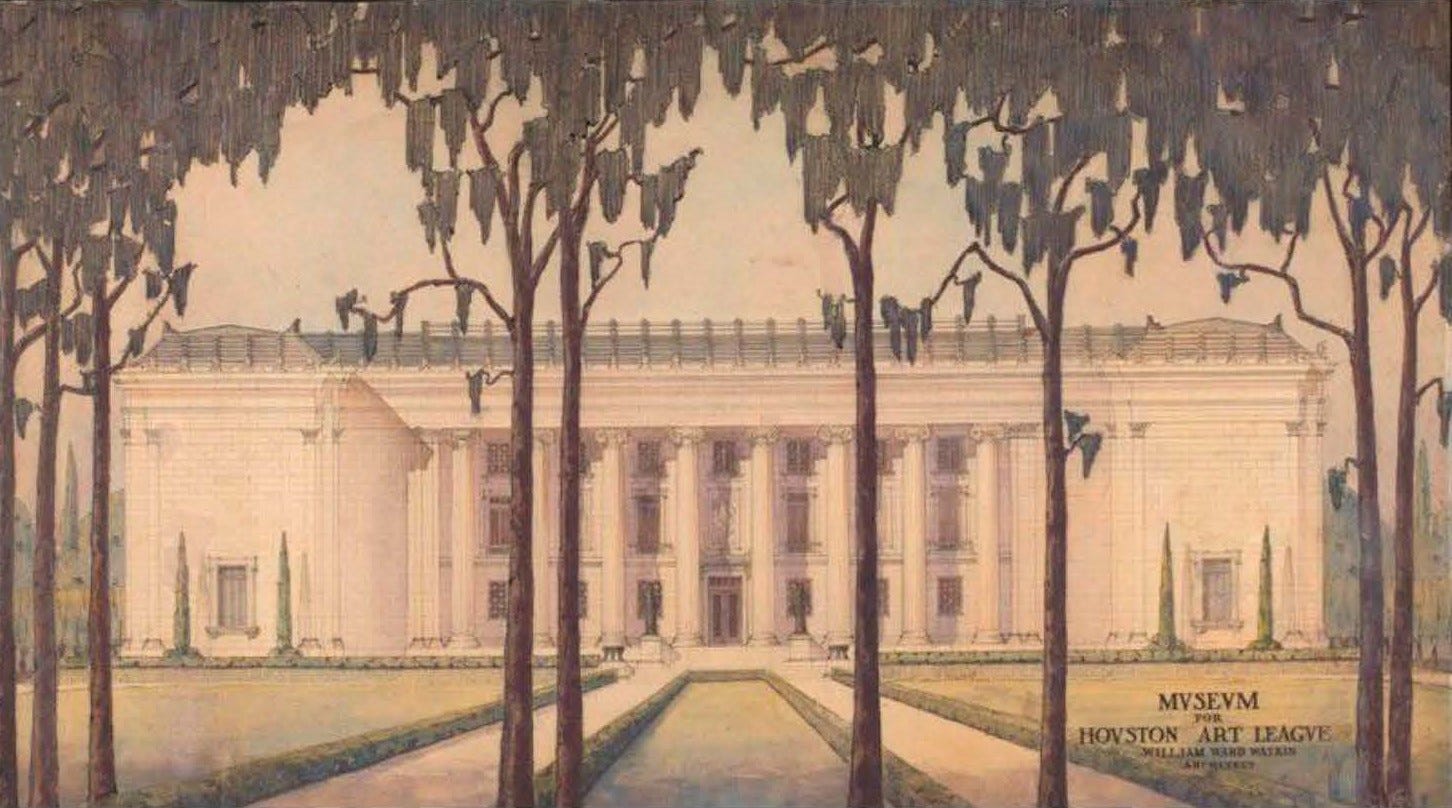
The Museum of Fine Arts Houston is 100! That’s right, MFAH opened its doors to Houstonians and the world the first time in 1924 – the first art museum in Texas, and now one of the premier art museums in the country – and the world.
Such a momentous centennial is worth celebrating. And so I invite you to join me in that celebration with a look back, decade-by-decade, at one work for each year, made by a Houston artist and shown in the galleries of MFAH. Some will be in the MFAH permanent collection; some will not be. I started in September with the 1920s. This month - no surprise - focuses on the 1930s. And next month … well, you get the idea!
HAPPY 100th, MFAH! Here’s to many hundred more.
1930
Kathleen Blackshear, 1897–1988.
The Strummer, ca1927. Permanent collection, Museum of Fine Arts Houston. Purchase Prize winner in the Houston Annual Exhibition of 1930.
A native of Navasota, Texas, Blackshear spent her professional career on the faculty of the School of the Chicago Art Institute. She returned to Navasota for summer vacations, and retired there, with her life partner, Ethel Spears, living in the family home. She often depicted sympathetically rendered black models in her paintings and prints, as in The Strummer. In her self-portrait, she placed herself in the galleries of the Art Institute in her early years there.
1931
Vera Prasilova Scott, 1899-1996.
[Untitled Wedding Portrait], 1931, copyright Estates of Vera Prasilova Scott. Scott exhibited her work, possibly including this photo, in the 6th Annual Exhibition of Photography by Texas Photographers, held at MFAH in 1931. Along with her own self-portrait.
Czech by birth, Scott married the American chemist, AF Scott, and relocated with him to Houston in 1926, when he joined the faculty of Rice Institute (now Rice University). Building on her early interest and training in photography, Vera Prasilova Scott opened her own photography studio in Houston, establishing herself as one of the leading portrait photographers working in the city. Though only in Texas for a few years before relocating to Portland, Oregon, when her husband moved to Reed College, she left a lasting mark on Houston as the informal photographer of record of prominent Houstonians of the day.
1932
Julian Muench, 1905-1965.
Showing here his portrait of Julia Ideson, longtime head of the Houston Public Library, ca1930s, currently installed in the Julia Ideson Building of HPL-Downtown (l); and Agnes Lilienberg Muench [Portrait of Julian], 1931.
Julian and Agnes were a long-term husband/wife artist couple in Houston. He had been a student of her first husband, John Clark Tidden, at Rice Institute (now Rice University) in the early 1920s. Julian’s Portrait of Agnes Lilienberg Muench (1931) won the Purchase prize in the 8th Houston Annual exhibition of 1932, becoming part of the MFAH permanent collection. Julian was also one of the instigators of the Great Houston Art Hoax of 1935.
1933
Grace Spaulding John, 1890–1972.
Patterns: Portrait of Ruth Pershing Uhler, 1932. Shown in the Houston Annual exhibition of 1933.
Grace Spaulding John, shown in her studio (r) was one of the most prominent, and colorful, members of the Houston art community for six decades, from her arrival in the city, in the 1910s, until her death. Here she magnificently depicts her close friend, Ruth Pershing Uhler, also a painter (see 1935 below), and a mainstay of the MFAH. Patterns is now part of the MFAH permanent collection.
1934
Beulah Schiller Ayars, 1869–1960.
Scene on Buffalo Bayou, ca1933/34(?). Shown in the Houston Annual exhibition of 1934.
Ayars started painting late in life, when she was “already a grandmother,” but she made a place for herself in the Houston art community with her strong sense of composition and color, as she demonstrated in Scene on Buffalo Bayou, now part of the MFAH permanent collection.
1935
Ruth Pershing Uhler, 1895-1967.
Earth Rhythms #3, 1935. Purchase Prize winner in the 12th Houston Annual exhibition, 1936. Part of the MFAH permanent collection.
Uhler began her career in art as a painter, making her mark in Houston during the 1920s and 1930s. In the mid-1930s she made this magnificent group of paintings, perhaps inspired by visits to Santa Fe, New Mexico, and by the work of Emil Bisttram, and reminiscent, of course, of the work of Georgia O’Keeffe - though there is no documentation to indicate that she saw O’Keeffe’s paintings before she made her own. Arguably even more important than her painting, however, was her contribution to Houston art through her three decades at MFAH, as teacher, administrator, and general guiding light. She actually gave up her own art-making to devote all her energy to her work at MFAH. For a portrait of Uhler, see the 1933 entry above for her close friend, Grace Spaulding John.
1936
Ola McNeill Davidson, 1884-1976.
Nocturne, ca.1936. Shown in the Houston Annual Exhibition of 1936.
Davidson was an accomplished painter with a metaphysical bent, but she achieved even greater impact as a teacher, helping nurture a group of younger artists through the 1930s as they became the most innovative art-makers in Houston, and arguably in all of Texas. With them, she founded a short-lived, but revolutionary (for Houston, at least) gallery, 520: Our Little Gallery, in which to show the “non-objective,” (i.e. abstract) art being made by her students, including Gene Charlton, Carden Bailey, Robert Preusser, Frank Dolejska and Nione Carlson. A student and lifelong friend of foundational Houston artist, Emma Richardson Cherry, Davidson gave Mrs. Cherry credit for setting her on her course for a life of art and teaching: “What might my life have been had you not tucked me under your wing when you did. Please! If I seemingly cannot underestimate myself, but seem all too important, then blame yourself!”
1937
Margaret Brisbine, 1901-1970.
[Portrait of TP and Rita Benton], 1934. Possibly shown in the Houston Annual Exhibition of 1937 as Double Portrait.
Brisbine, born in South Dakota, came to Houston with her family in 1916. She began her art study at Rice Institute with John Clark Tidden. She was one of Tidden’s promising students who went on to the Pennsylvania Academy of the Fine Arts, where he had studied himself, and where she excelled, winning the Cresson Traveling Scholarship in both 1923 and 1924, which provided funds for travel in Europe. She used her 1924 scholarship for six months of painting in Paris. Returning to Houston in December, 1924, Brisbine quickly developed a portrait career with commissions in New York, Boston, Paris, and Texas, where she painted the first portrait of Governor Miriam A. “Ma” Ferguson, for the Texas State Capital Collection. She became noted as a mural painter as well. In 1926 she had a one-woman exhibition at MFAH.
In 1929, Brisbine married Enzo Baccante, opera singer and artist, and relocated to New York, though she maintained her ties to Houston. In 1936 she painted this portrait of the wife and son of Thomas Hart Benton which was exhibited in the Texas Centennial Exhibition in Dallas. Two portraits of prominent congressmen by Brisbine are included in the collection of the United States Capital. (Adapted from Making the Unknown Known: Women in Early Texas Art, 1860s-1960s.)
1938
Dean Lee, 1917-1999.
[Title not known], ca.1938.
Lee was one of the trio of Reagan High School students (along with Robert Preusser and Frank Dolejska) who found the teacher they needed in order to make the avant-garde art they needed to make, when they came under the influence of McNeill Davidson (see her painting and photo above). Though unlike Preusser and Dolejska, Lee did not build a career as an artist, instead working in the pharmaceutical industry, and satisfying his more creative impulse as a hybridizer of Louisiana Irises. One variety is even named for him. Though he left art making, this early piece (his only one now known, from the estate of Emma Richardson Cherry) proves him to have been a worthy peer of those talented young Houston radicals of the 1930s. This piece may have been one of the Improvisations he showed in the 1938 Houston Annual Exhibition.
1939
Genevieve Filson, 1913-1993.
Wind Trees, Martha’s Garden, and Chicken Yard, all ca.1939. Purchase Prize winners, as a group, in the 1939 Houston Annual Exhibition, now part of the Museum of Fine Arts Houston permanent collection.
Filson, a native Houstonian, became interested in art as a student at Sophie Newcomb College in New Orleans. After graduation in 1934, “she taught art for a year in the mountain schools of Kentucky and Tennessee,” according to a newspaper piece about her. “The sense of rhythmic design and the swift direct approach in the children’s work impressed her strongly, and she tried to incorporate them into her own painting. Opaque water color is her favorite medium. It lends itself particularly to rapid spontaneous expression and fresh clean color,” qualities evident in this trio of Purchase Prize winning watercolors, now part of the permanent collection of Museum of Fine Arts Houston (and soon to be on show again for the first time in decades, I hear). After her return to Houston, Filson taught art in the Houston Public Schools, in a career that spanned several decades.




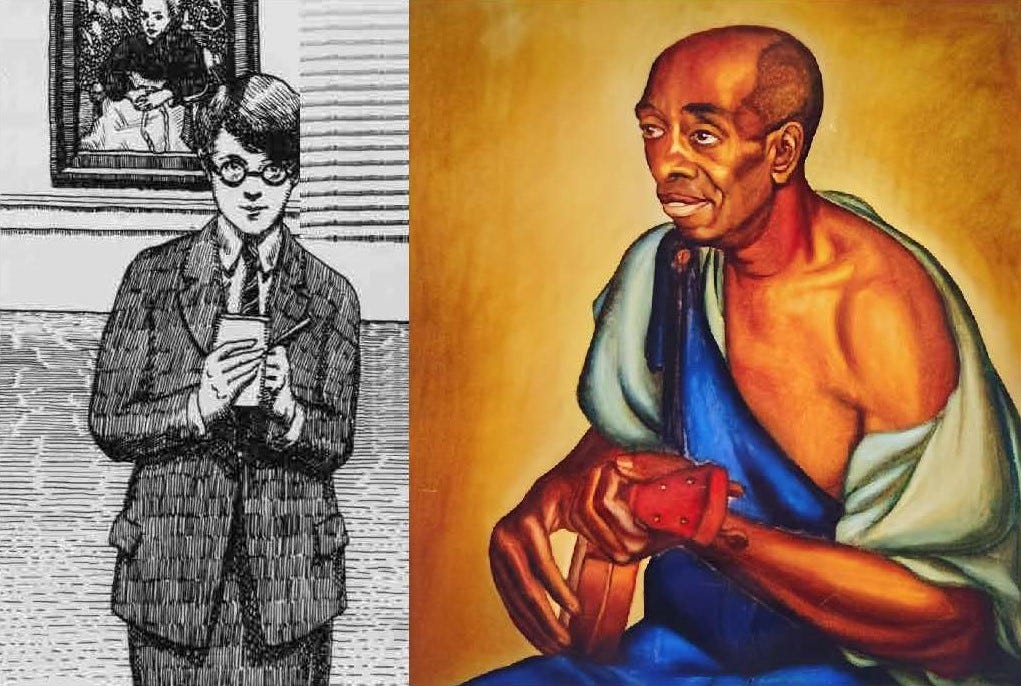

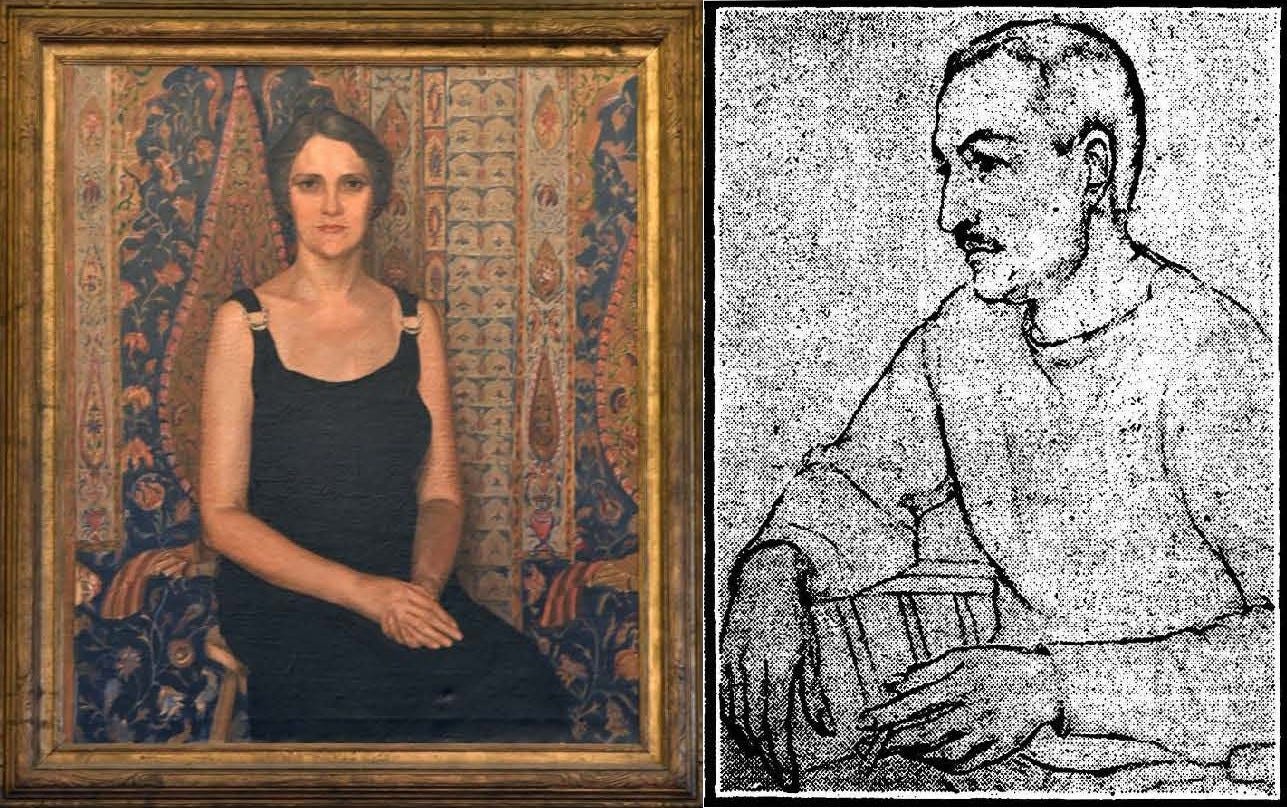
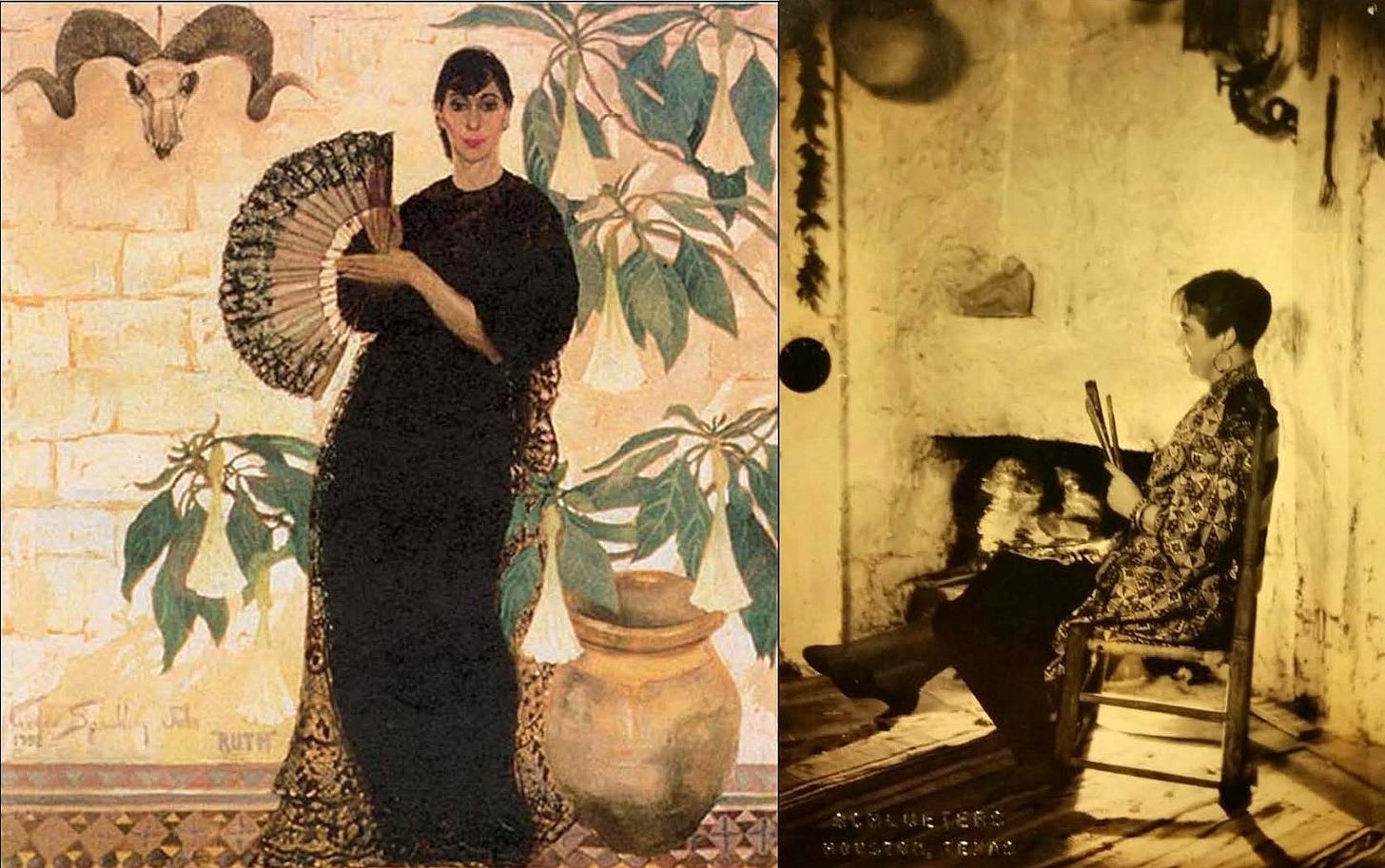
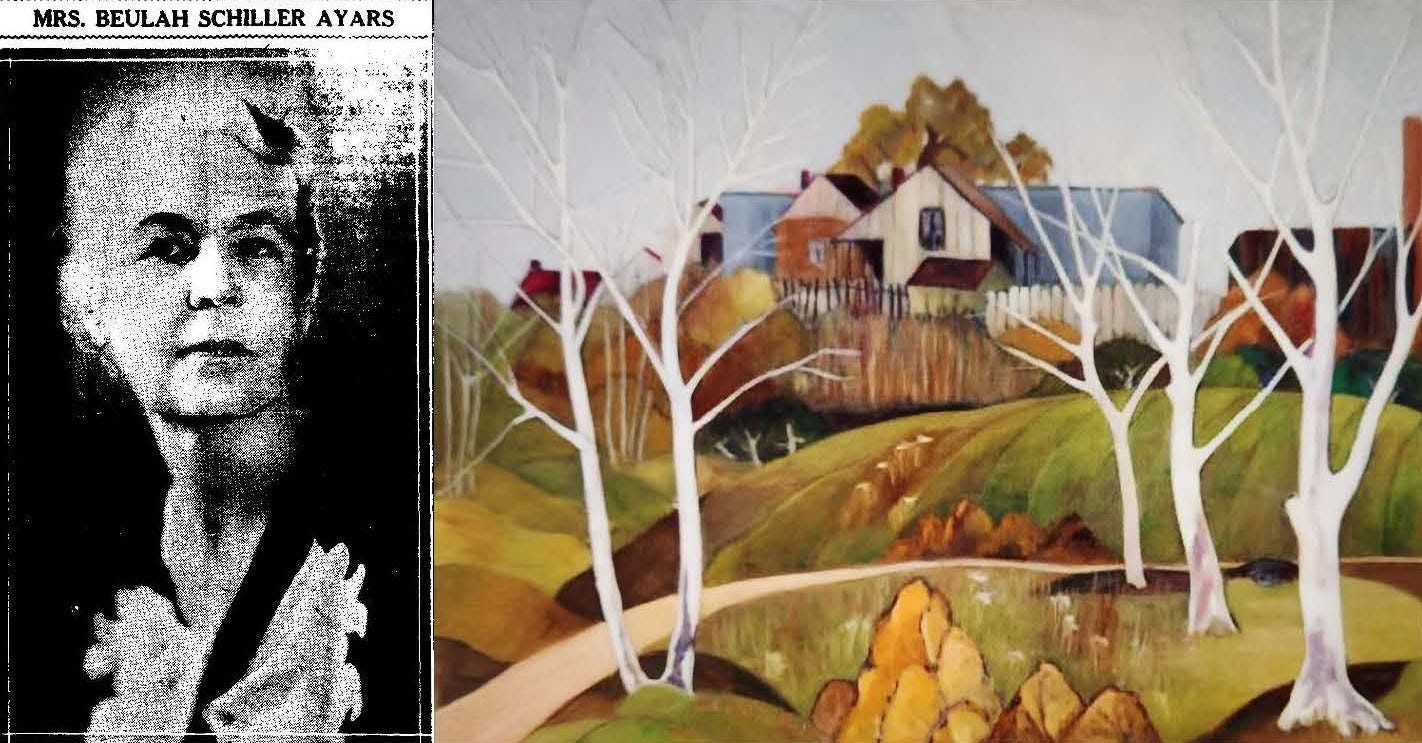
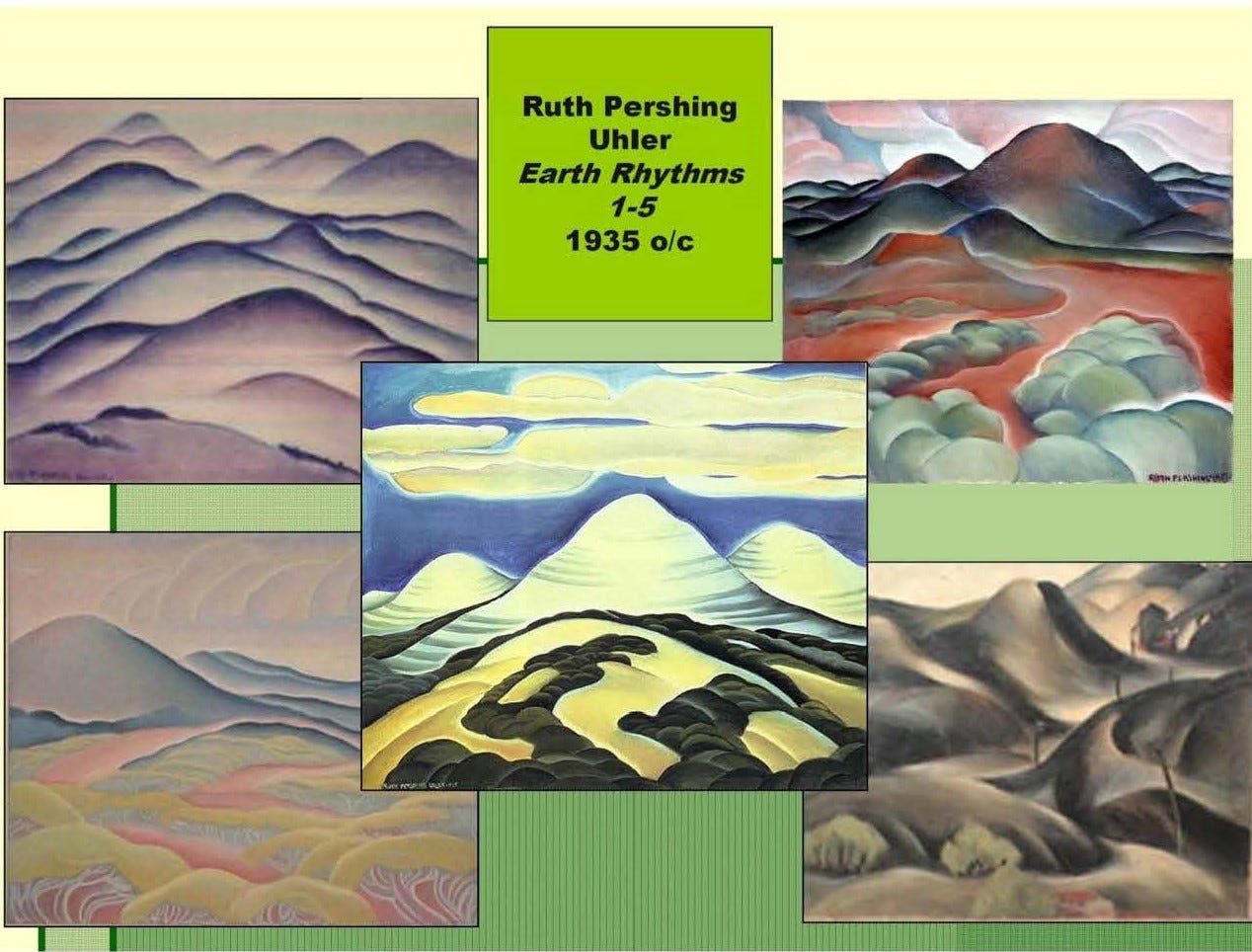

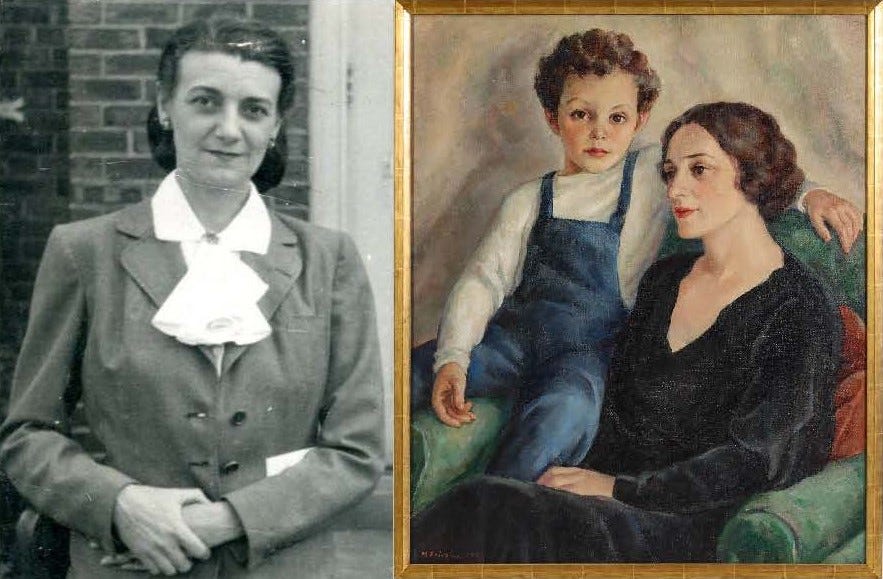
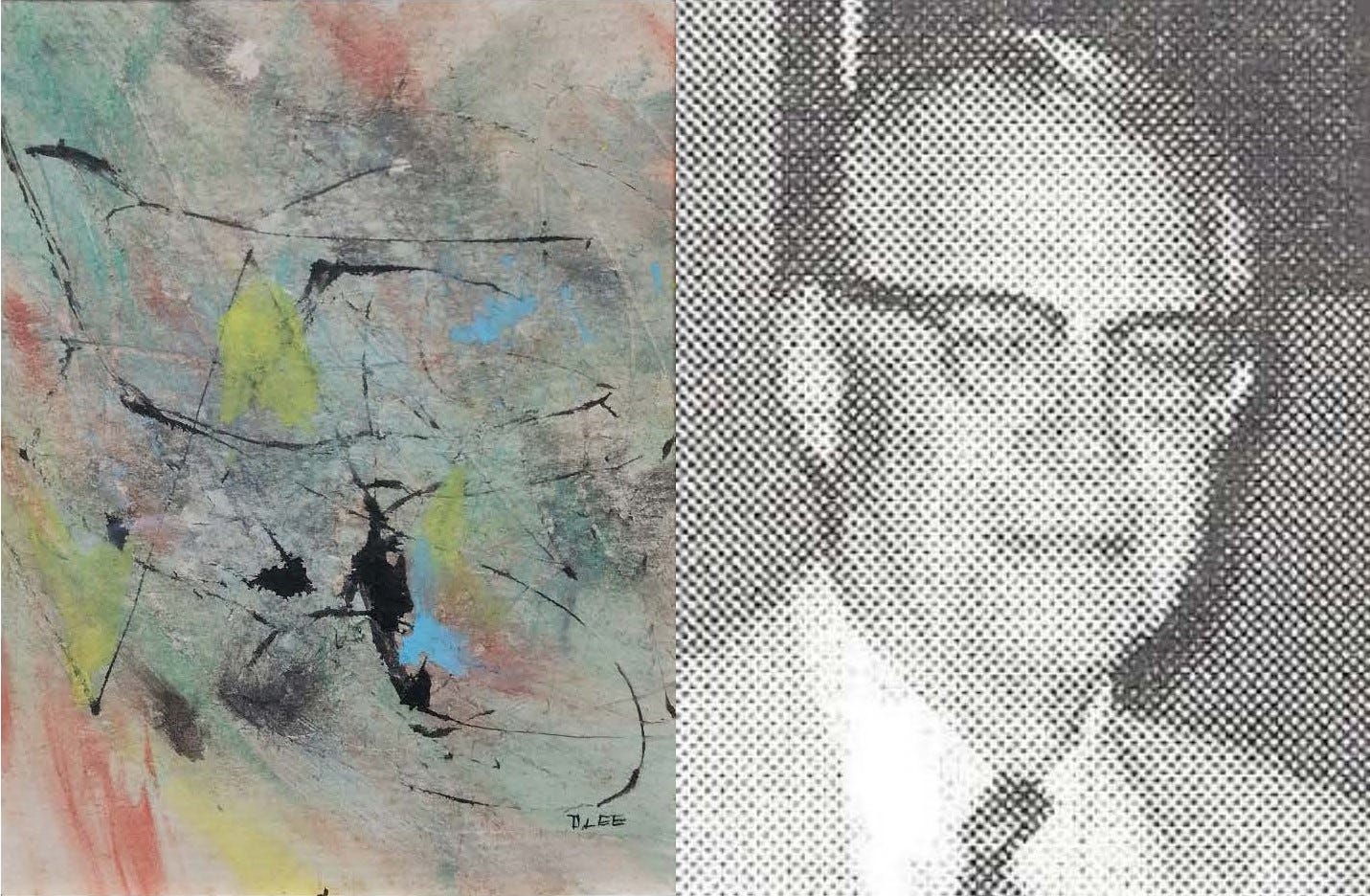
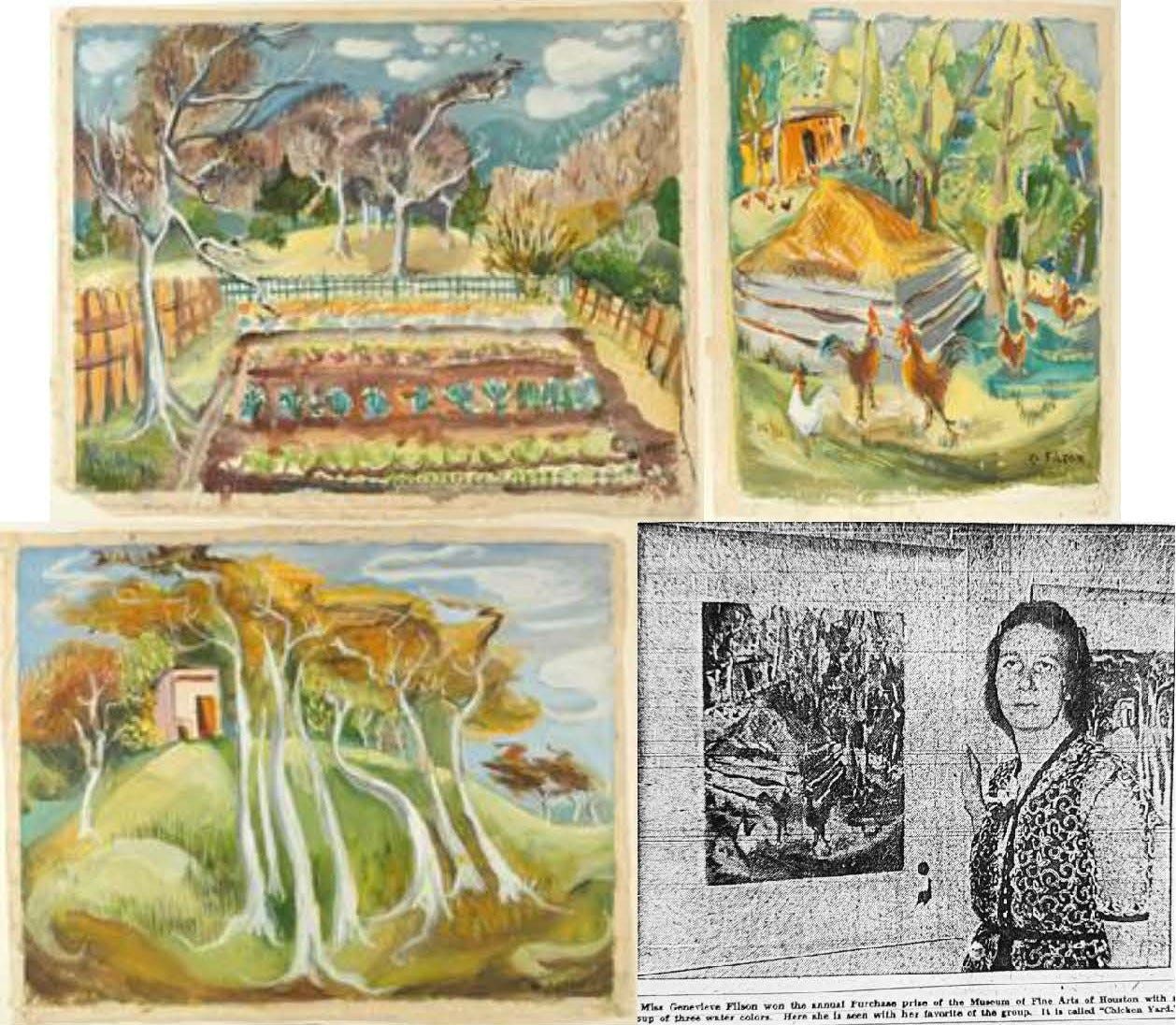
What a wonderful contribution to the history of Houston this series promises to be - 20 potential chapters … a BOOK ! ??
Wonderful effort Randy to enlighten art lovers in Houston that the '30's were
NOT a depression in Houston !
Hope everything is going well for you. Barry